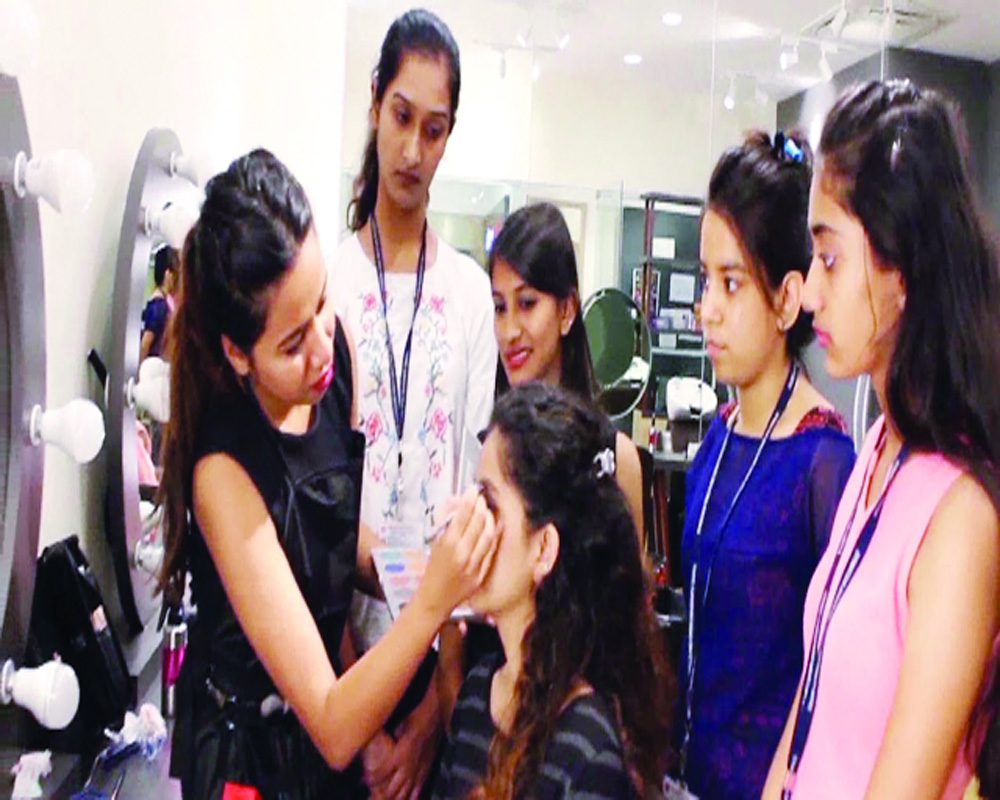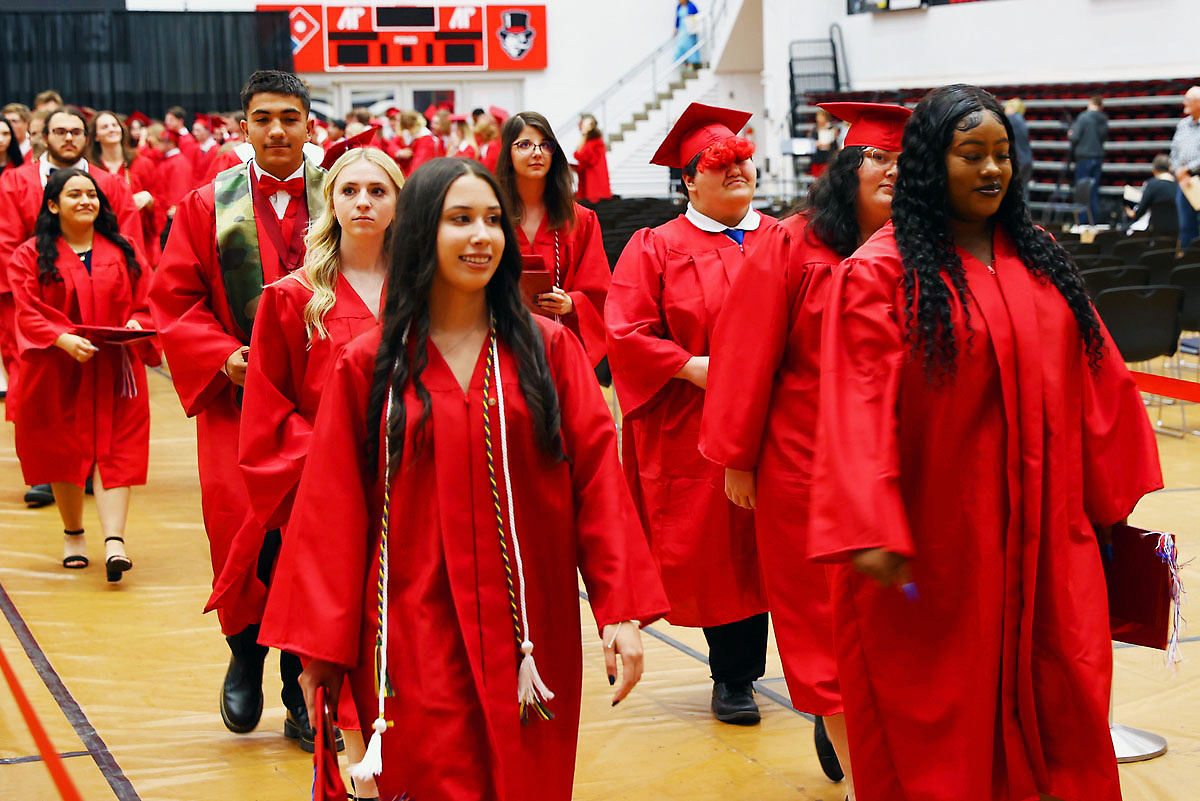The beauty, wellness, and grooming sector is profoundly ingrained in our lives, especially for the young professionals aiming for a posh lifestyle and financial success. It’s essential to recognize that cosmopolitan hairdressers, often known as ‘Beauty Architects’ or ‘Glam Gurus’, can earn significantly more than engineers or doctors, kicking out the outdated belief that hairdressers are only there to cater to the basic needs. Their working hubs are also dynamic community centers where individuals mingle, share ideas, and nurture community connections.
India’s beauty and wellness sector offers an unparalleled array of opportunities for employment and global placements. The government has initiated numerous measures, including establishing relevant content, curricula, informational databases, and standardizing accreditation and certification processes, among others, to make beauty and wellness a promising profession. With the industry’s transition towards larger organizations, professionals are being continually educated on maintaining service standards, obtaining industry-specific qualifications, and enhancing their skills through higher education and research.
Promoting extensive internships and providing practical job experiences are some of the measures undertaken to familiarize candidates with the industry. With schools prioritizing knowledge-focused training, the absence of practical learning has obstructed creativity and innovation among learners. This highlights the need for integrating vocational education with mainstream education, enabling students to consider alternative career options. Suitable vocational courses like Bachelor of Vocation (BVoc), Master of Vocation (MVoc), Bachelor of Science (BSc), and Master of Science (MSc) in Beauty and Wellness are now a crucial part of the curriculum, though there’s a need to raise more awareness about these opportunities.
Designing more BVoc and MVoc courses with a focus on practical aspects is crucial. Areas like Beauty Culture, Cosmetology, Yoga, Dietetics, Physiotherapy, Salon Management, Beauty Therapy, Hair Dressing, Makeup, and Spa Therapy, need additional courses emphasizing practical applications rather than being theory-bound. Expansion of training capacities in beauty and wellness is important to meet industry standards and demand. Practical training like the Industrial Training Institute (ITI) programs and Recognition of Prior Learning (RPL) are essential.
Over 50% of vocational graduates in this sector prefer self-employment, with many starting their enterprises. A robust support system is pertinent to help these entrepreneurs and spur innovation and employment.
The Indian beauty and personal care market is witnessing rapid growth, especially in tier-II and tier-III towns. The demand for beauty and wellness product and services, particularly direct-to-customer (D2C) offerings, is increasingly popular in these cities, making them highly viable markets. Despite being underdeveloped, these cities have high potential in the beauty and wellness sector. Professionals in these cities are well-acquainted with local and international trends, products, and hair services. Social media has directed lifestyle changes, particularly among the young population. The younger generation is eager to delve into new trends and various beauty and wellness services.
Compared to metropolitan cities, in these smaller towns, hiring a motivated and trainable workforce is much easier. Irrespective of residing in metros or smaller towns around India, people are seeking professionals to guide them through their chosen makeovers. Therefore, it’s appropriate to acknowledge the conventional workforce as professionals in the beauty and wellness sector.




